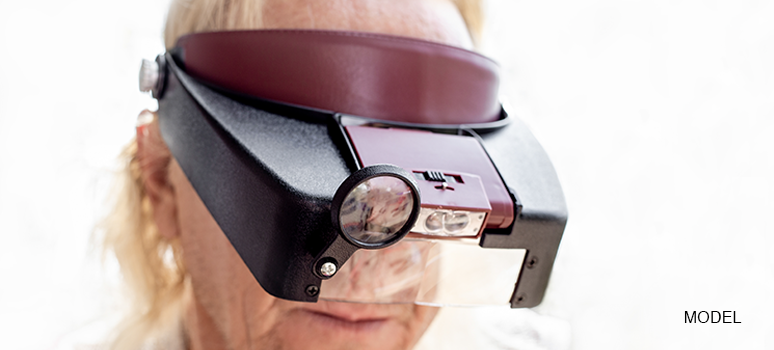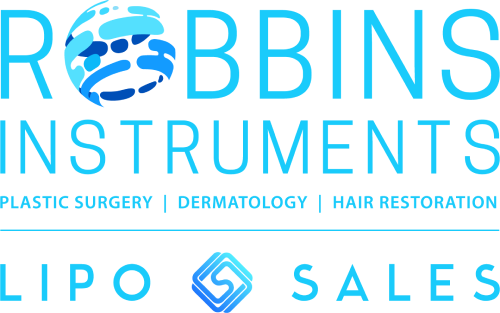
Precision Meets Innovation: Exploring the World of Ophthalmology Instruments
Introduction
In the intricate world of ophthalmology, the precision of instruments is paramount. From diagnosing eye conditions to performing delicate surgeries, these tools play a critical role in ensuring patient care. As an ophthalmology professional or someone interested in the field, understanding the latest advancements in ophthalmology instruments is essential. In this comprehensive guide, we’ll delve into the key categories of ophthalmology instruments, their functions, and how they contribute to modern eye care.
Essential Ophthalmic Instruments
- Slit Lamps
- Function: A versatile tool used for examining the anterior segment of the eye, including the cornea, iris, lens, and conjunctiva.
- Key Features: Adjustable slit width and intensity, magnification capabilities, and often integrated with digital imaging systems.
- Robbins Instruments offers a wide range of slit lamps, including models with advanced features like confocal microscopy for detailed tissue analysis.
- Tonometers
- Function: Measure intraocular pressure (IOP), a crucial factor in diagnosing glaucoma.
- Types: Applanation tonometers (most common), indentation tonometers, and dynamic contour tonometers.
- Robbins Instruments provides accurate and reliable tonometers, ensuring precise IOP measurements.
- Ophthalmoscopes
- Function: Examine the retina and other structures of the posterior segment of the eye.
- Types: Direct ophthalmoscopes (handheld) and indirect ophthalmoscopes (used with a lens).
- Robbins Instruments offers a variety of ophthalmoscopes with different magnification levels and lighting options.
- Retinal Imaging Devices
- Function: Capture high-resolution images of the retina for diagnosis and monitoring of eye conditions.
- Types: Fundus cameras, optical coherence tomography (OCT), and fluorescein angiography.
- Robbins Instruments provides state-of-the-art retinal imaging devices, enabling early detection and treatment of eye diseases.
- Laser Surgical Systems
- Function: Perform laser-based surgeries, such as LASIK, cataract surgery, and retinal detachment repair.
- Types: Excimer lasers, YAG lasers, and argon lasers.
- Robbins Instruments offers advanced laser surgical systems with precision and safety features.
- Microscopes
- Function: Magnify structures of the eye for detailed examination and surgical procedures.
- Types: Surgical microscopes and slit lamp microscopes.
- Robbins Instruments provides high-quality microscopes with ergonomic designs and advanced imaging capabilities.
Choosing the Right Instruments: Factors to Consider
- Specialization: The type of ophthalmology practice will determine the necessary instruments.
- Budget: Consider the cost of instruments and maintenance.
- Ease of Use: User-friendly instruments can improve efficiency and accuracy.
- Technology: Stay updated on the latest advancements in ophthalmology instruments.
The Future of Ophthalmology Instruments
As technology continues to evolve, we can expect to see even more innovative ophthalmology instruments. Artificial intelligence, augmented reality, and nanotechnology are all areas with potential applications in eye care. These advancements will likely lead to more accurate diagnoses, minimally invasive surgeries, and improved patient outcomes.
Conclusion
Ophthalmology instruments are essential tools for diagnosing and treating eye conditions. By understanding the different types of instruments and their functions, ophthalmology professionals can make informed decisions about their equipment. Robbins Instruments offers a comprehensive range of high-quality ophthalmology instruments to meet the needs of modern eye care practices.






